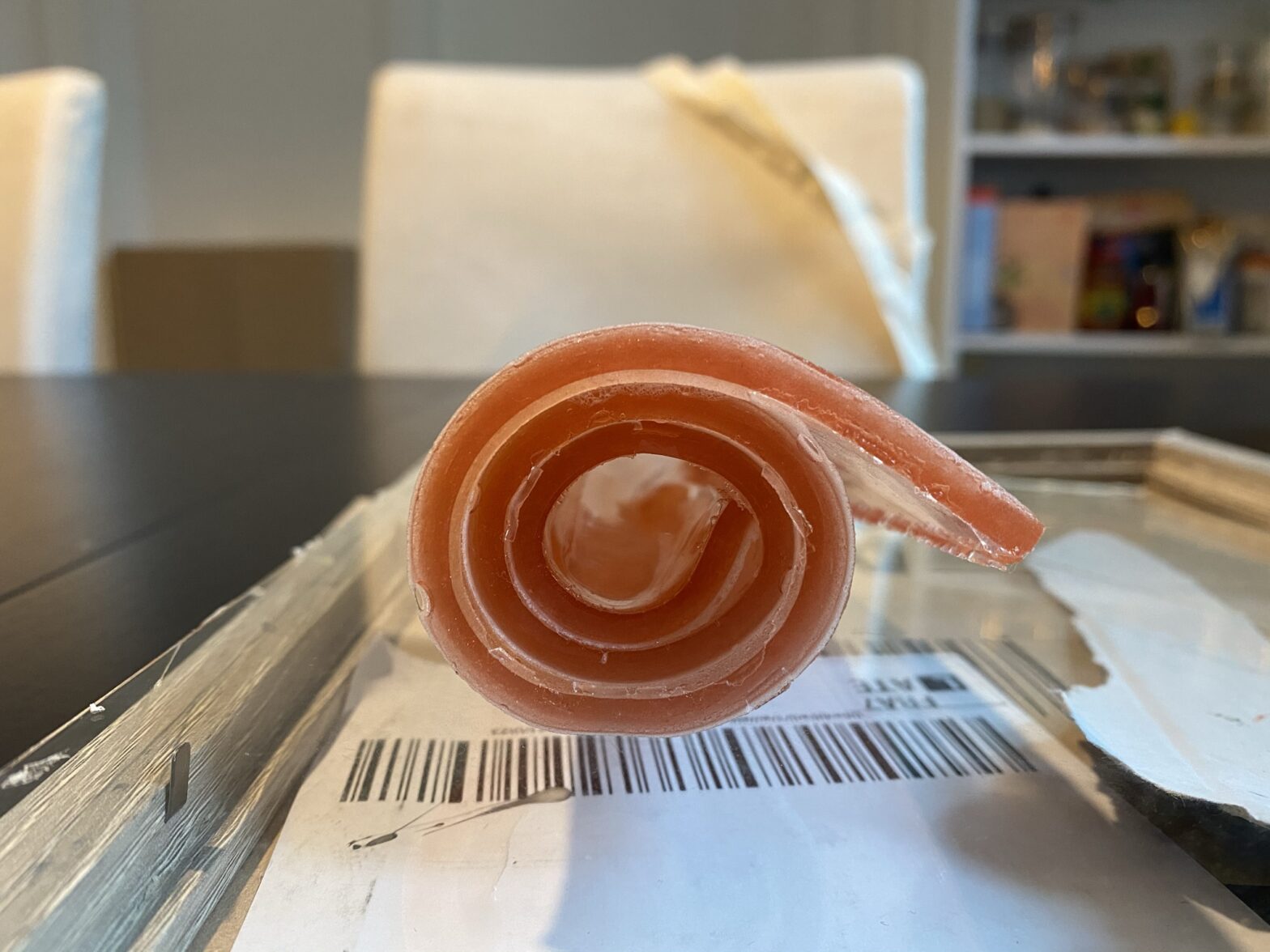This semester we have quite an interesting project to develop and luckily it aligned with some topics I was already interested in.
We were asked to design an “alive façade” and soon I came across these Bioplastics that people create with simple materials one can get from a supermarket and almost no specialized tools.
Since this is a biodegradable material and due to marketing reasons, especially retail stores that happen to renovate their façades quite frequently, I thought this might be an interesting use.
On the theoretical side…
Other than this straightforward reason I also was recently particularly inspired by watching Neri Oxman’s episode on Abstract, the Netflix series.
The whole subject was new to me at that time and it sounds like an incredible concept of having natural processes controlled by technology and carefully tweak them in order to control their natural behaviour to later use in architecture and design.
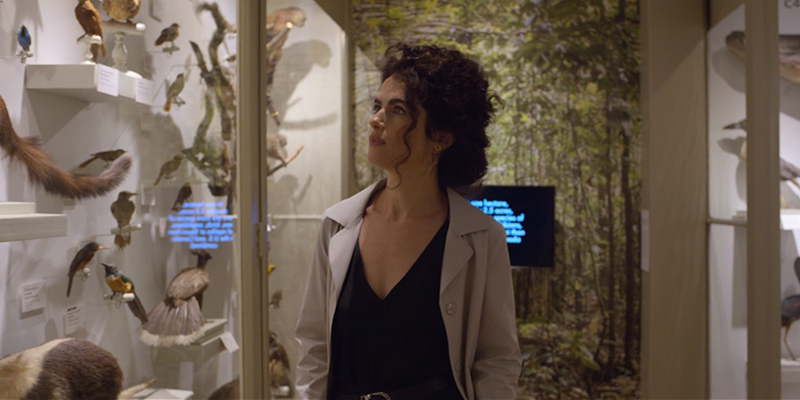
To make it even more exciting to me, I was also reading The Second Digital Turn by Mario Carpo. He talks exactly about this fine-tuning allowed by the manipulation of irregularity behaviours not possible in the mass production context but now the situation is different. I’ll give more context in a bit!
Back to the practical side
After watching some lectures and browsing around I found a recipe of bioplastic made from gelatine on Materiability Research Group website. It sounded pretty simple, the ingredients were cheap and I gave it a try without great hopes.
Despite having a precision balance I ended up pouring more than recomended for the glycerin amount, but still was quite surprised with the results and you can see on the following pictures:
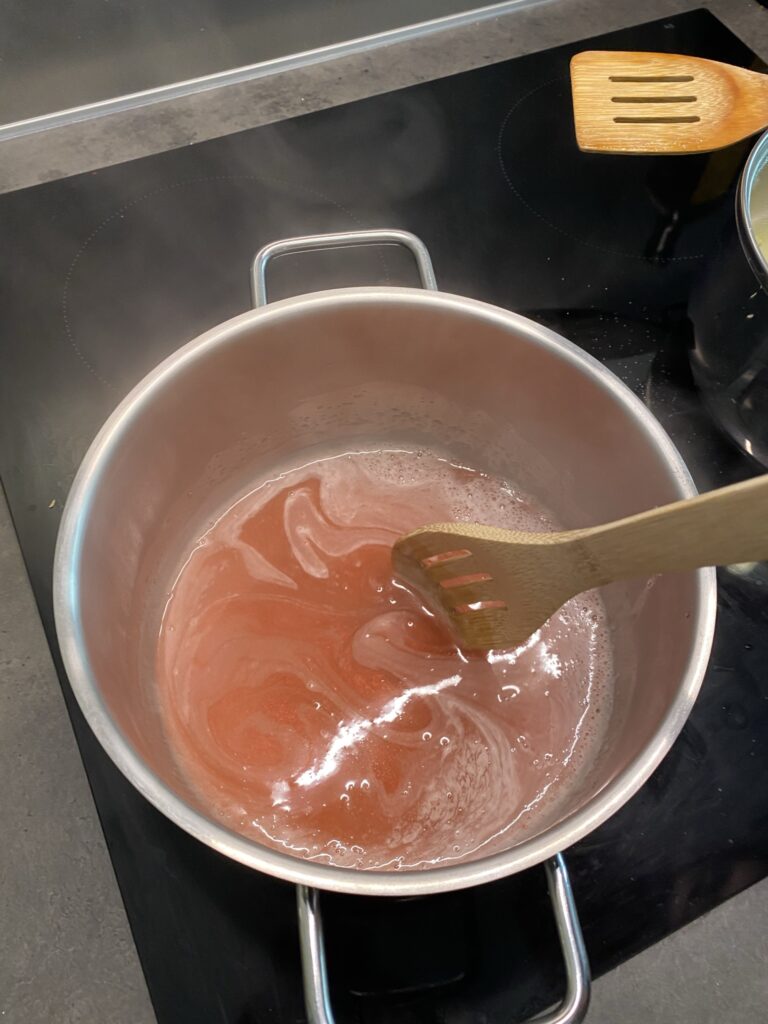
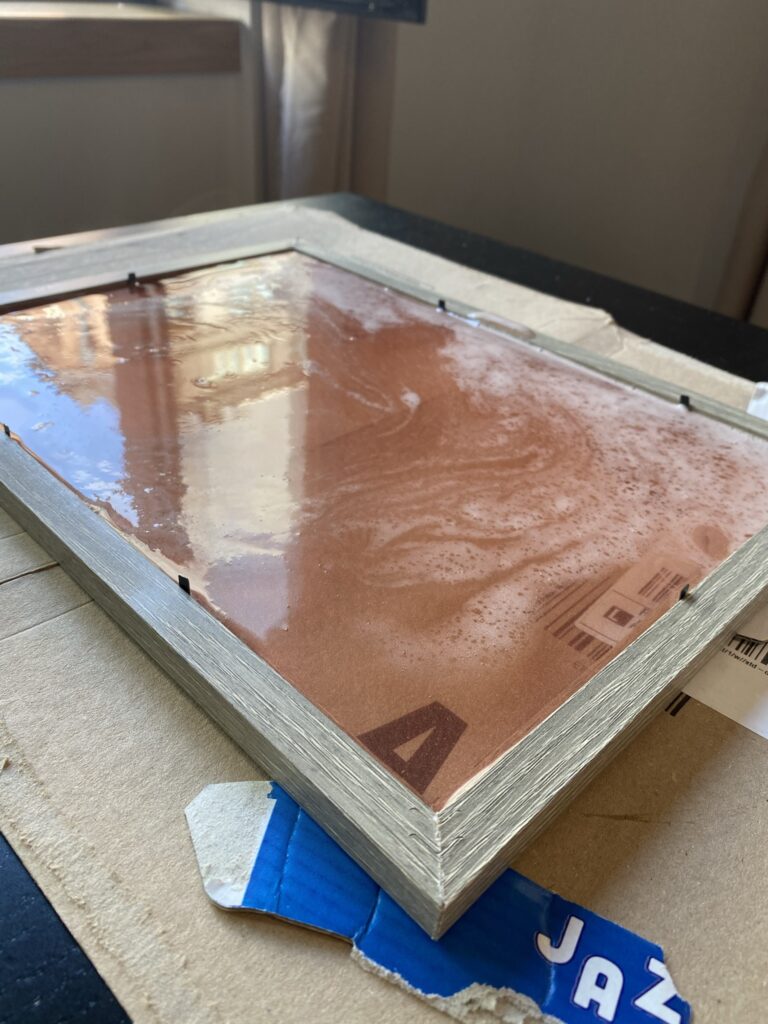
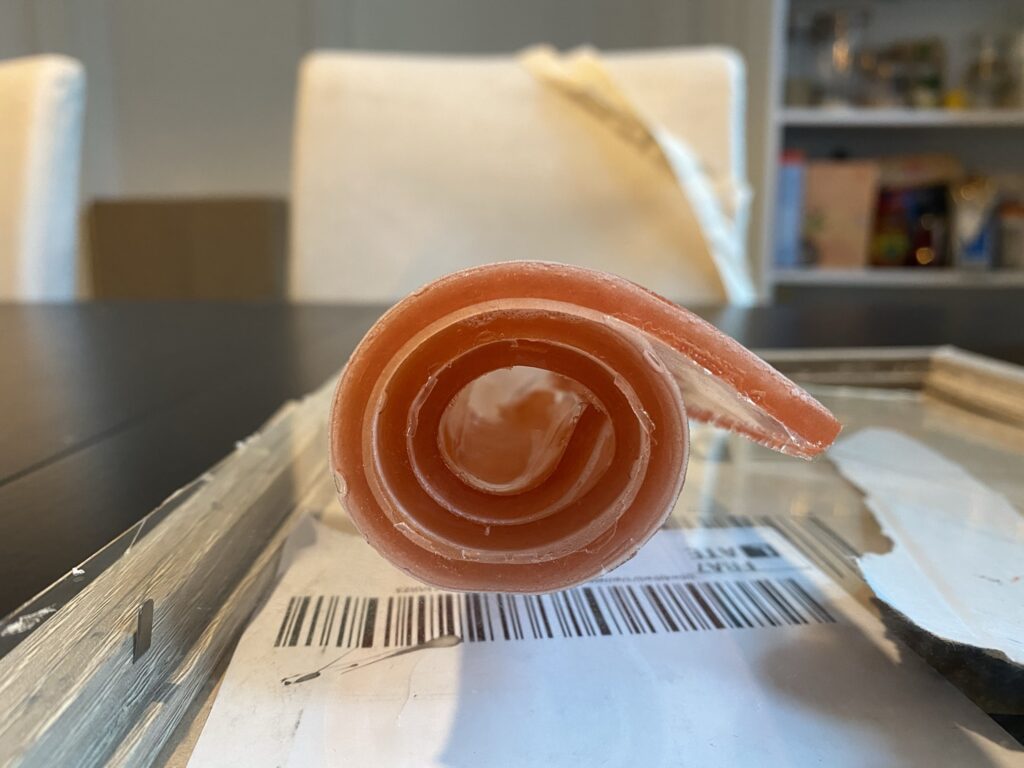

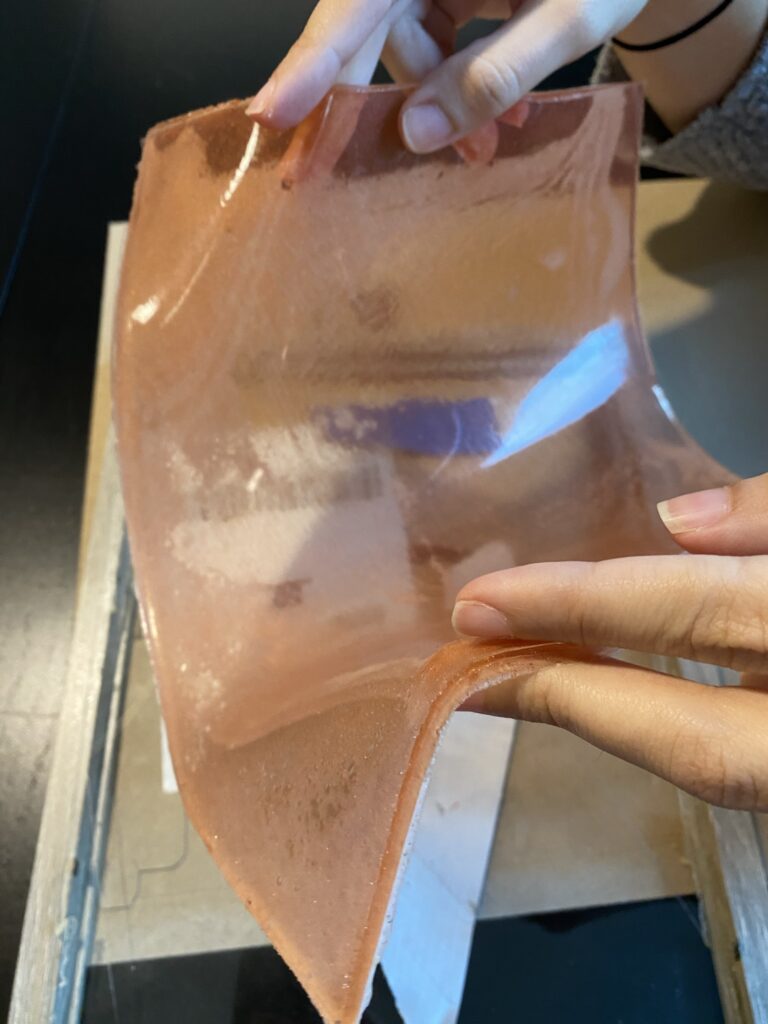
At first, I was afraid of breaking it but then I noticed that its possible to strech it quite well! Some properties I found would be interesting to have explored are the diffusion and irregularity of refraction, the stretch possibilities and for the next time I wonder how it would react to having some fibers applied to it during curing time.
After a few days, also due to an inapropriate storage, the material started to take some mould. But one other interesting side was the shrinking effect:
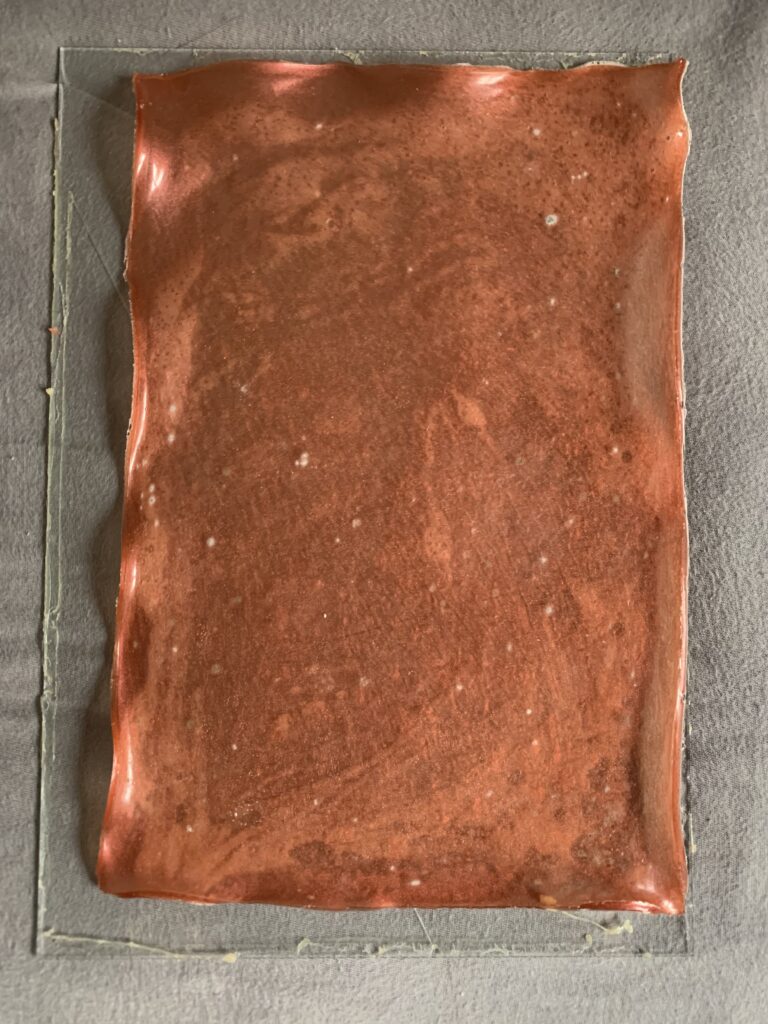
The borders were wavy due to the shrinking process and stiffer so they reacted in an accentuated way. Maybe these variations could be taken up as part of a design process to explore the natural behaviour of such materials.
For now, this is it, it was good and now I have more ideas for the next experiments.

